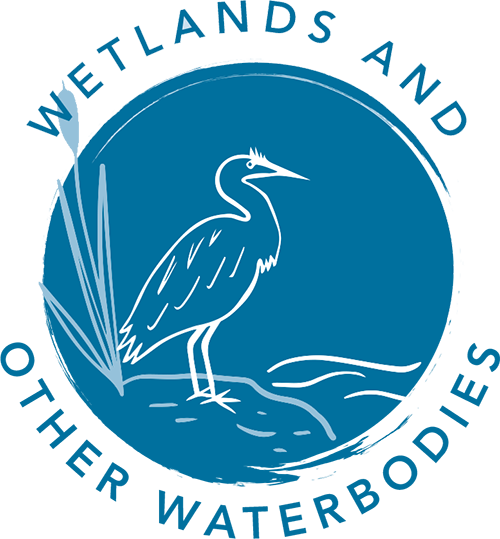
State-wide Outcome
By 2050, actions have been implemented to improve or maintain the ecological character and resilience of Tasmania’s wetlands and waterbodies.
Regional context
Wetlands associated with urbanised and farming landscapes are impacted by sediment, nutrient and biological pollutants which in turn are influenced by riparian and adjacent land use, and vegetation clearance. Catchment planning approaches identified in this Strategy are proposed to address these issues and require effective engagement with multiple stakeholders and comprehensive technical review. Best practice approaches to community engagement are essential. Lavinia State Reserve on King Island, listed under the Ramsar Convention, is globally significant for its wetland vegetation communities and as habitat for resident and migratory wildlife.
Robbins Passage-Boullanger Bay is an important environmental asset, while not formally listed as a Ramsar site, meets listing criteria due to its significant areas of undisturbed saltmarsh and habitat for globally migrating shorebirds. The area is recognised internationally as a Key Biodiversity Area (KBA) by BirdLife International and the extensive coastal saltmarsh areas are a listed Threatened Ecological Community under the EPBC Act.
Both these natural systems are of critical importance for terrestrial and marine biodiversity conservation at the global, national, state and regional scales.
